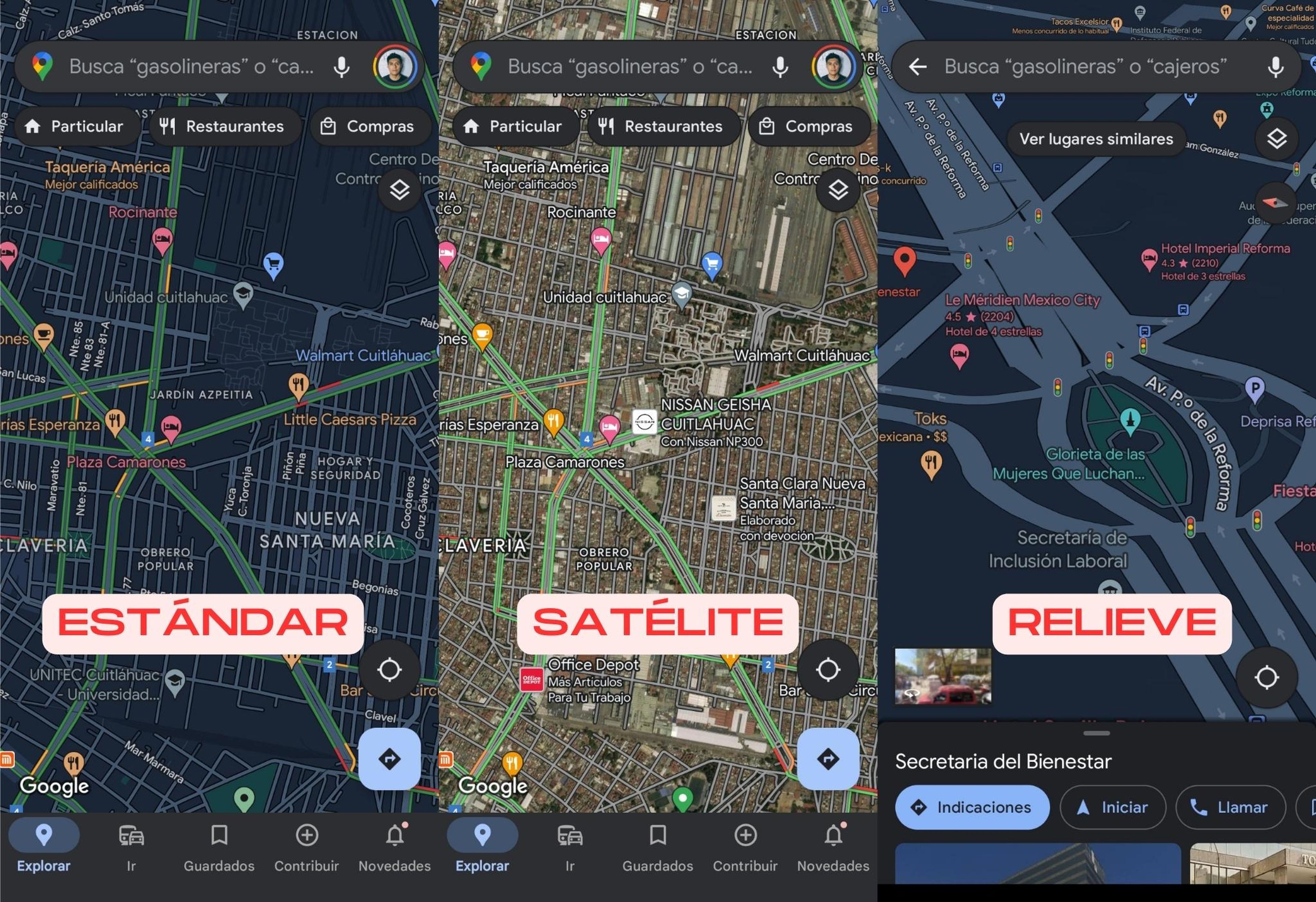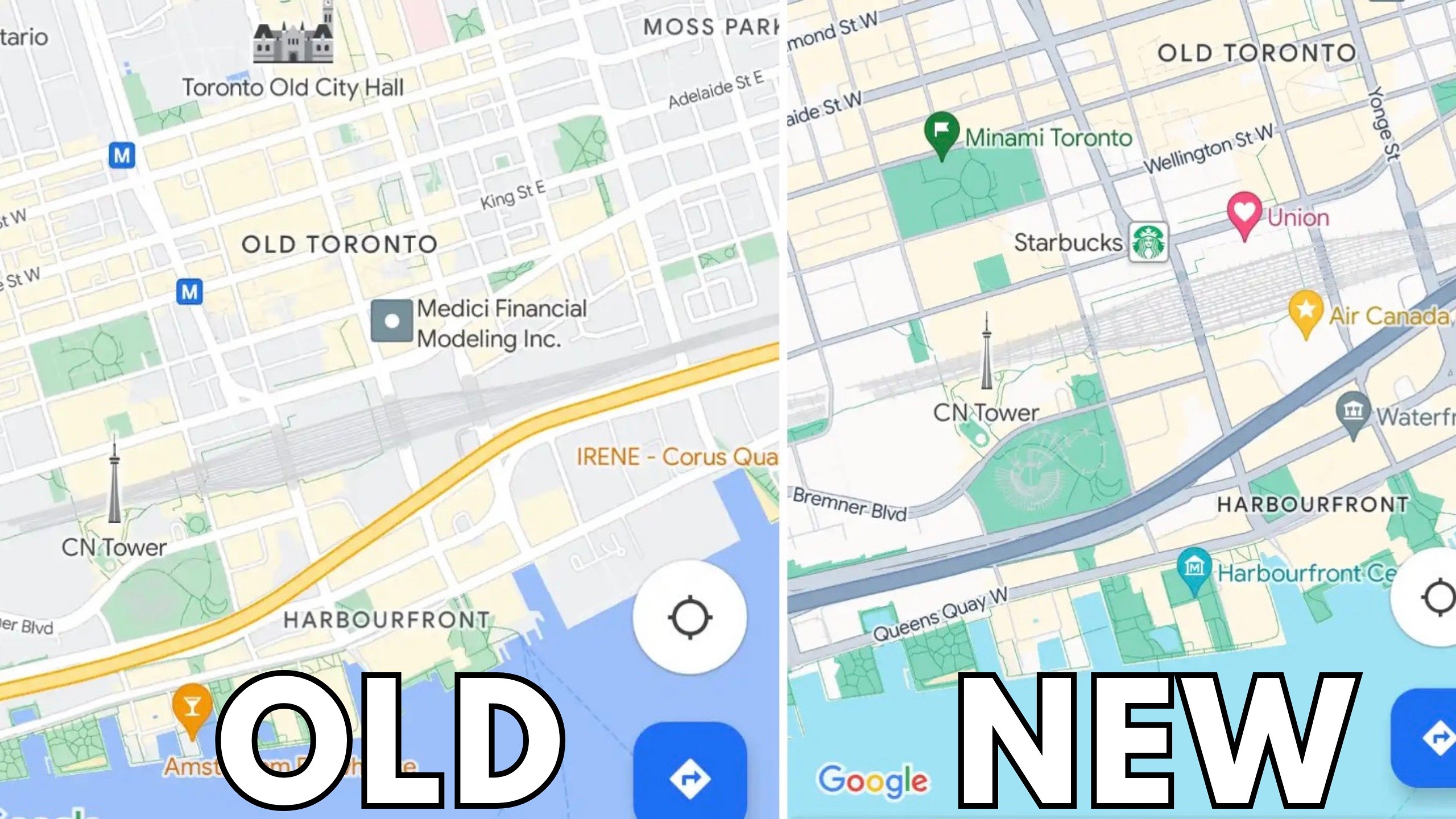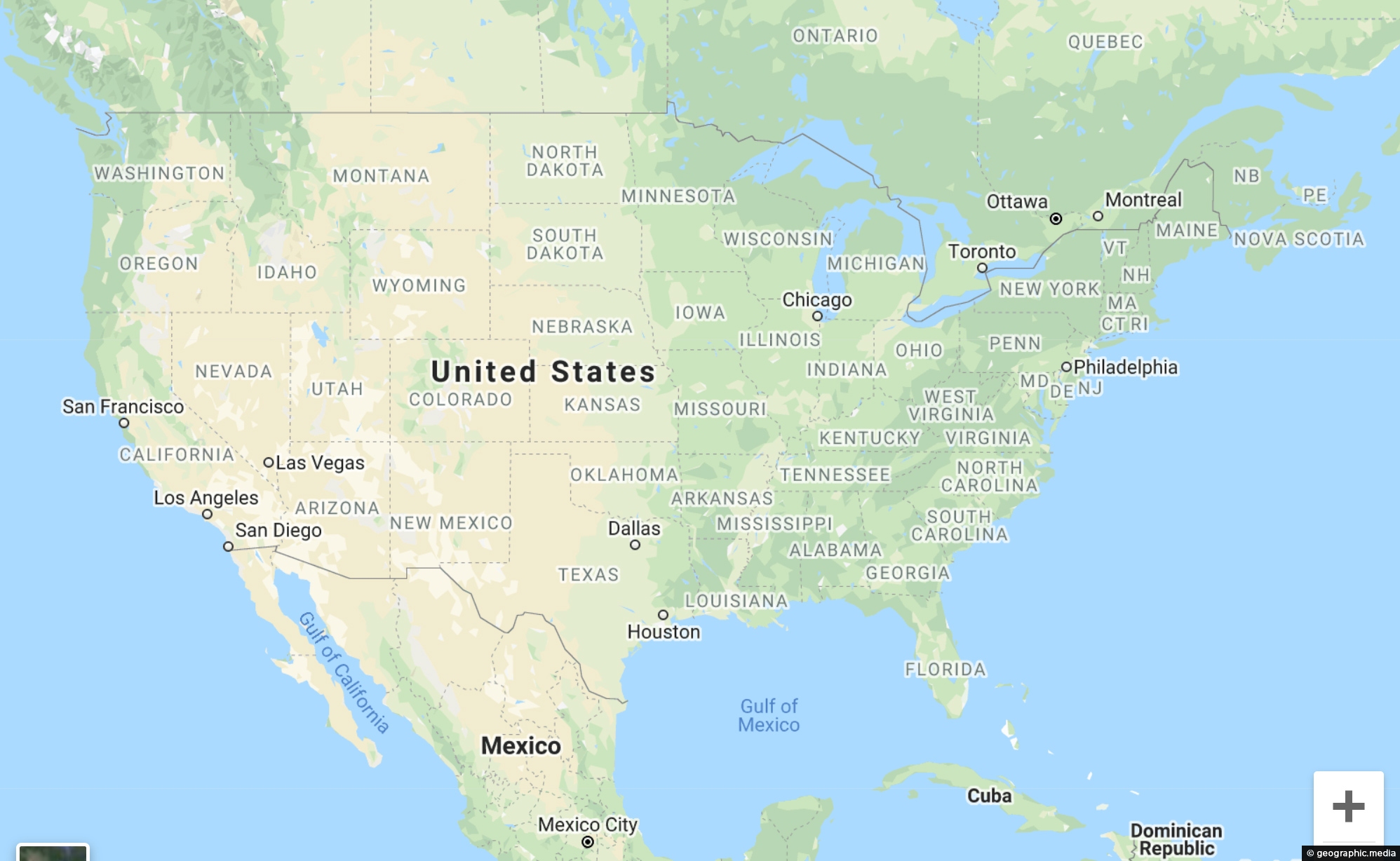
The Uncharted Territories Project: Navigating Canada’s True Ancient Heart
Forget the static lines on government-issued maps; true understanding of Canada’s ancient heart lies in its Indigenous cartographies. For too long, the narrative of this vast land has been framed by colonial surveyors, their grids and nomenclature often erasing millennia of deep connection and sophisticated knowledge. But what if there was a "place" – an immersive, digital and experiential journey – that peeled back those layers, inviting the modern traveler to navigate the continent through an Indigenous lens? This is precisely what the "Uncharted Territories Project" (UTP) offers, and it’s a transformative experience every conscious traveler exploring Canada needs to embark upon.
The UTP isn’t a physical museum, nor a single archaeological site. Instead, it’s a meticulously curated, collaborative initiative that acts as a dynamic portal, reviewing and presenting the intricate "maps" of Indigenous lands in early Canada. It combines a robust online platform with recommendations for real-world experiential travel, effectively reviewing not just historical artifacts but an entire paradigm of geographical understanding. My "review" of this project centers on its profound impact on how one perceives, respects, and ultimately travels through what we now call Canada.
The "Location": A Digital Gateway to Ancient Pathways

The core of the Uncharted Territories Project is its digital platform, a sprawling, interactive atlas that transcends conventional mapping. It’s a space where early colonial maps – often blank or vaguely marked "terra incognita" – are overlaid with meticulously researched and community-validated Indigenous traditional territories, trade routes, seasonal migration paths, hunting grounds, and sacred sites. What makes this a compelling "location" to review is its multi-layered functionality, which allows users to:
-
Explore Layered Cartographies: Imagine a dynamic map where you can toggle between a 17th-century French fur trader’s map, an 18th-century British military survey, and a detailed rendering of, say, the Anishinaabe traditional territories stretching across the Great Lakes region. The UTP doesn’t just show these maps side-by-side; it allows for interactive comparison, highlighting the stark differences in what was deemed important, what was named, and what was often deliberately omitted. This isn’t merely academic; it’s an immediate, visceral understanding of the power inherent in cartography.

-
Access Indigenous Place Names and Narratives: One of the most powerful features is the integration of Indigenous place names, complete with their pronunciations and the stories behind them. "Lake Superior" transforms into "Kitchi-gummi" – the "Great Sea" – and suddenly, the water gains a deeper historical and cultural resonance. Clicking on a traditional name often unlocks audio recordings of Elders speaking the language, short videos explaining the significance of a particular landmark, or transcribed oral histories linked to specific locations. This brings the land to life in a way no static map ever could, allowing travelers to "hear" the land as its original inhabitants did.
-
Trace Ancient Trade and Travel Routes: Beyond static boundaries, the UTP illuminates the intricate networks of trade, diplomacy, and seasonal movement that crisscrossed the continent for millennia. These aren’t just lines on a map; they are arteries of cultural exchange, revealing the deep interconnectedness of diverse Indigenous nations. For the modern traveler, this provides an incredible context for understanding the landscape. A portage route that seems arduous today becomes a testament to ancient efficiency and knowledge of the land, inspiring a new appreciation for the pathways we might now drive or paddle.
-
Engage with Historical Documents and Artistic Renderings: The project incorporates scans of early treaty documents (viewed critically, from an Indigenous perspective), explorer journals, and historical artwork, juxtaposing them with contemporary Indigenous artistic interpretations of the same landscapes. This holistic approach ensures that the "review" of these early maps isn’t just about lines and labels, but about the complex human interactions, political maneuvers, and cultural understandings (or misunderstandings) that shaped them.


The "Review": A Journey of Decolonization and Discovery
My "review" of the Uncharted Territories Project isn’t just about its digital interface; it’s about the profound shift in perspective it instills, and how it directly informs responsible, respectful travel in Canada.
Strengths – Why This "Location" is Essential:
- Decolonizing the Map: The UTP is a powerful tool for decolonization. It directly challenges the notion of "discovery" by European explorers by vividly demonstrating that these lands were not empty, but vibrant, named, and deeply understood territories. For any traveler wanting to move beyond a superficial understanding of Canada, this is indispensable.
- Empowering Indigenous Voices: Crucially, the content is developed in close collaboration with, and often led by, Indigenous communities. This ensures accuracy, authenticity, and respect for cultural protocols, moving beyond colonial interpretations. It’s a review of history from those who lived it, and whose descendants continue to live it.
- Contextualizing Modern Canada: Visiting national parks, lakes, or historical sites after engaging with the UTP transforms the experience. You no longer see just a "park"; you see ancestral lands, traditional hunting grounds, or sites of profound spiritual significance. This added layer of context enriches every journey.
- Inspiring Respectful Travel: By understanding the deep history and the enduring presence of Indigenous peoples, travelers are naturally guided towards more respectful interactions. The project subtly encourages seeking out Indigenous-led tourism experiences, supporting local communities, and engaging with the land as a guest rather than a mere visitor.
- Accessibility and Engagement: The interactive nature, coupled with rich multimedia, makes complex historical and cultural information accessible and engaging for a wide audience, from casual tourists to academic researchers. It’s a review of the past that feels incredibly relevant to the present.
Areas for "Improvement" or Considerations:
- Information Overload: While incredibly rich, the sheer volume of information can be overwhelming initially. The project mitigates this with curated "journeys" or pathways, but a newcomer might benefit from clearer starting points or guided tutorials.
- Emotional Weight: Engaging with the history of dispossession, forced relocation, and cultural erasure is not always comfortable. The project doesn’t shy away from these truths, which is a strength, but travelers should be prepared for the emotional impact of confronting this difficult history. This isn’t a lighthearted travel guide; it’s a profound educational journey.
- Digital Divide: While online, access to the internet and necessary devices can still be a barrier for some, particularly in remote Indigenous communities. The project could explore offline resources or community-based access points.
The Experiential Journey: From Screen to Sacred Ground
The UTP isn’t just about digital exploration; it’s a catalyst for real-world travel. It acts as a guide, suggesting regions where specific Indigenous cartographies are particularly rich, and where contemporary Indigenous tourism initiatives can deepen the experience.
Imagine planning a trip to Haida Gwaii, the traditional territory of the Haida Nation. Before even booking a flight, the UTP allows you to delve into their ancient sea routes, the locations of their monumental villages, and the stories embedded in their names for islands and ocean currents. You learn about the concept of "Hlk’yah G̱awG̱a" (Talking about the Past), understanding how the land itself is a living archive. This pre-trip immersion then informs your choice of local guides (ideally Haida), your visits to cultural centers, and your respectful engagement with the landscape.
Or consider a canoe trip through what is now Algonquin Provincial Park. The UTP will reveal it not as a "wilderness" but as the ancient homeland of the Anishinaabe, showcasing their portage routes, fishing spots, and sacred sites. You learn the original names for the lakes and rivers, understanding their meaning and how they reflect a deep ecological knowledge. This transforms a recreational outing into a pilgrimage, a connection to millennia of human presence and stewardship.
Conclusion: Re-mapping Our Understanding of Canada
The Uncharted Territories Project is more than a digital archive; it is a vital, living "location" that reshapes our understanding of Canada. It’s a powerful review of how maps are not neutral objects, but instruments of power, knowledge, and memory. For the conscientious traveler, it offers an unparalleled opportunity to:
- See Beyond the Surface: To look at a mountain, a river, or a forest and understand its multi-layered history, its Indigenous name, and its cultural significance.
- Travel with Deeper Respect: To move through the land not as a conqueror or a tourist, but as a guest on ancient, sacred territories.
- Contribute to Reconciliation: By engaging with Indigenous perspectives and supporting Indigenous-led initiatives, travelers can play an active role in the ongoing journey of reconciliation.
This project is a call to action: to re-map our minds, to re-learn the land, and to embark on journeys that are not just about sightseeing, but about profound understanding. If you plan to travel anywhere in Canada, make your first stop the Uncharted Territories Project. It will change how you see everything, transforming your trip from a simple vacation into a voyage of discovery into the true, ancient heart of this incredible land. It’s not just a review of maps; it’s a guide to navigating Canada’s soul.
